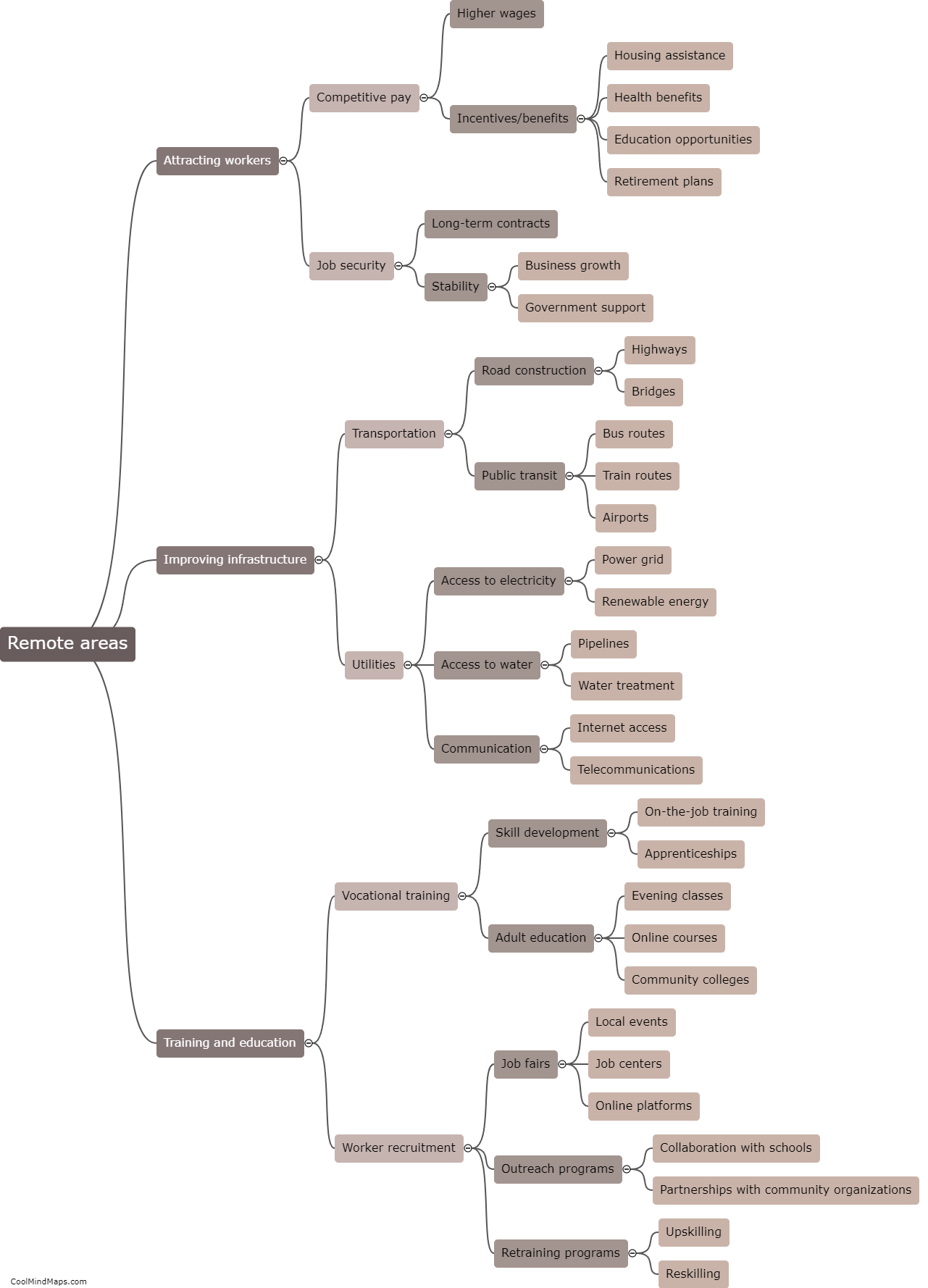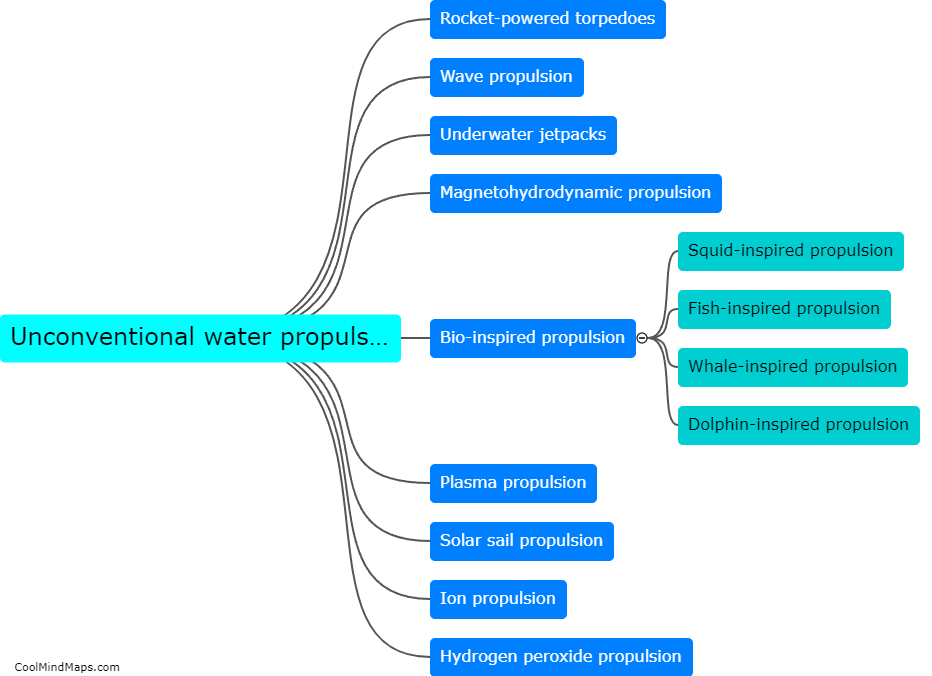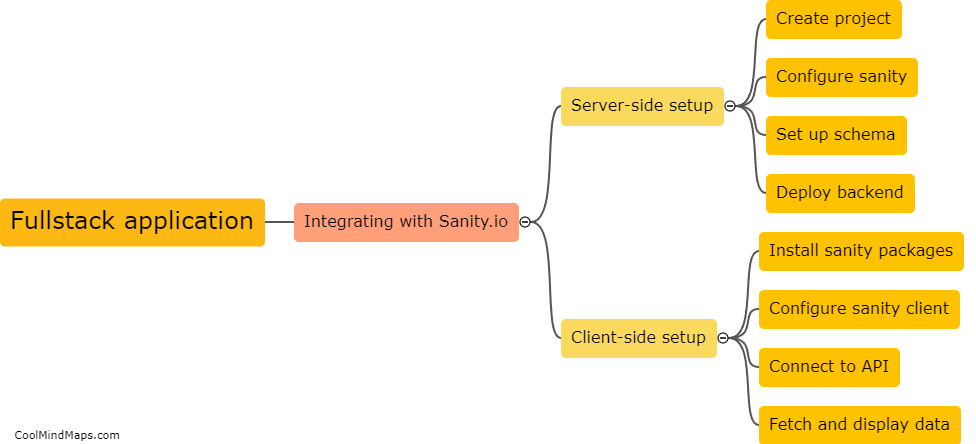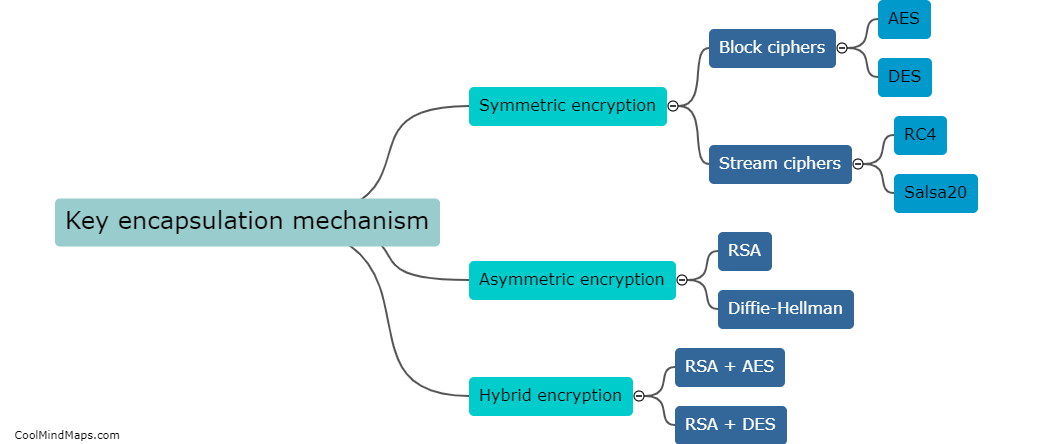What are the common options and parameters for dd?
The `dd` command is a powerful tool used for copying and converting data in Unix-like operating systems. It has various options and parameters that allow users to customize its functionality. Some common options include `if` (input file) to specify the source file, `of` (output file) to define the destination file, `bs` (block size) to set the data transfer size, and `count` to determine the number of blocks to be copied. Additionally, `seek` and `skip` can be utilized to perform partial copying or skipping of data within a file. `status` can be used to display the progress of the operation. These options, combined with others, provide flexibility and control over the data copying process in the `dd` command.

This mind map was published on 4 February 2024 and has been viewed 127 times.











